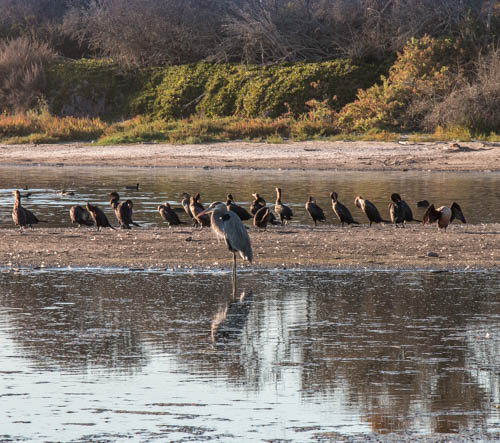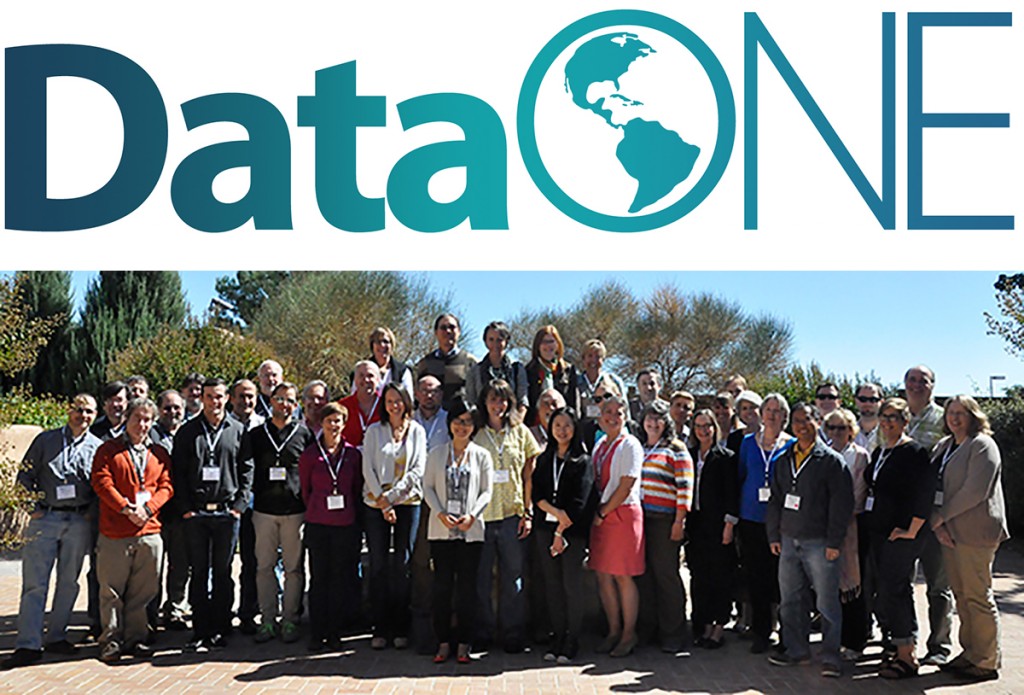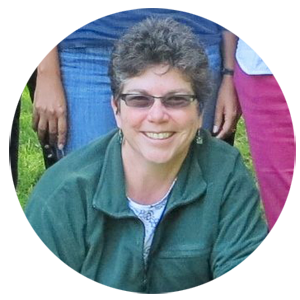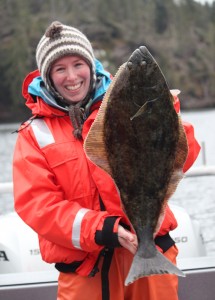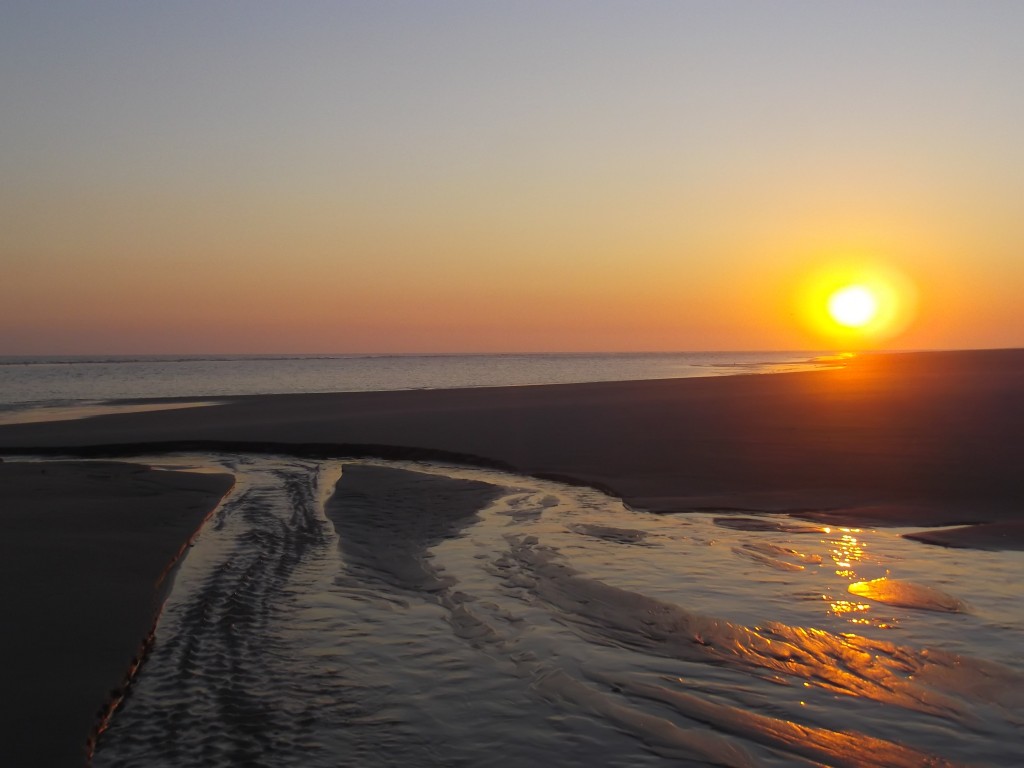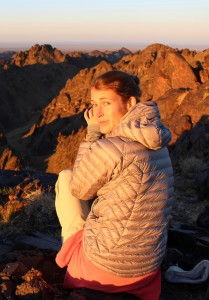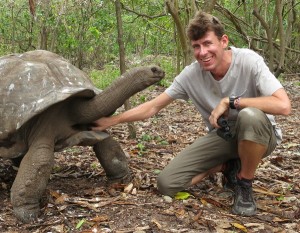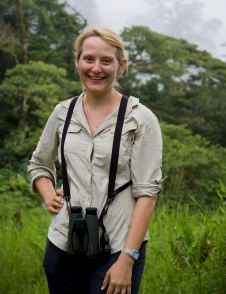This presentation will be by three students in the BREN Environmental Science and Management program at UCSB: Jane Ballard, Jennifer Pezda and Devin Spencer.
It is targeted towards a general audience, rather than the NCEAS community, since we are practicing for our public thesis presentations. However, we will be happy to answer any in-depth questions about our project. We are also looking for any feedback that will guide us towards greater success as we present to a public audience.
Southern California’s coastal wetlands contain a variety of habitats that provide a range of services which benefit human well-being, as well as the surrounding local and regional environment. These habitats provide ecosystem services such as flood protection, carbon sequestration, pollution buffering, and critical habitat for plant and animal species. While the physical extent of Southern California coastal wetlands is federally protected, the quality is being degraded by surrounding development, impacts from a growing population pressures, and impacts from climate change. Degraded habitats do not provide the same level of benefits and ecosystem services as healthy systems, therefore Southern California Wetlands Recovery Project (SCWRP) in conjunction with the Bren School, developed this thesis project to increase the communication and transparency of land use decisions that are impacting wetland habitats along the Southern California coast. In this presentation we will discuss the importance of valuing coastal wetlands as well as demonstrate how we went about determining the value of Southern California’s coastal wetlands.

